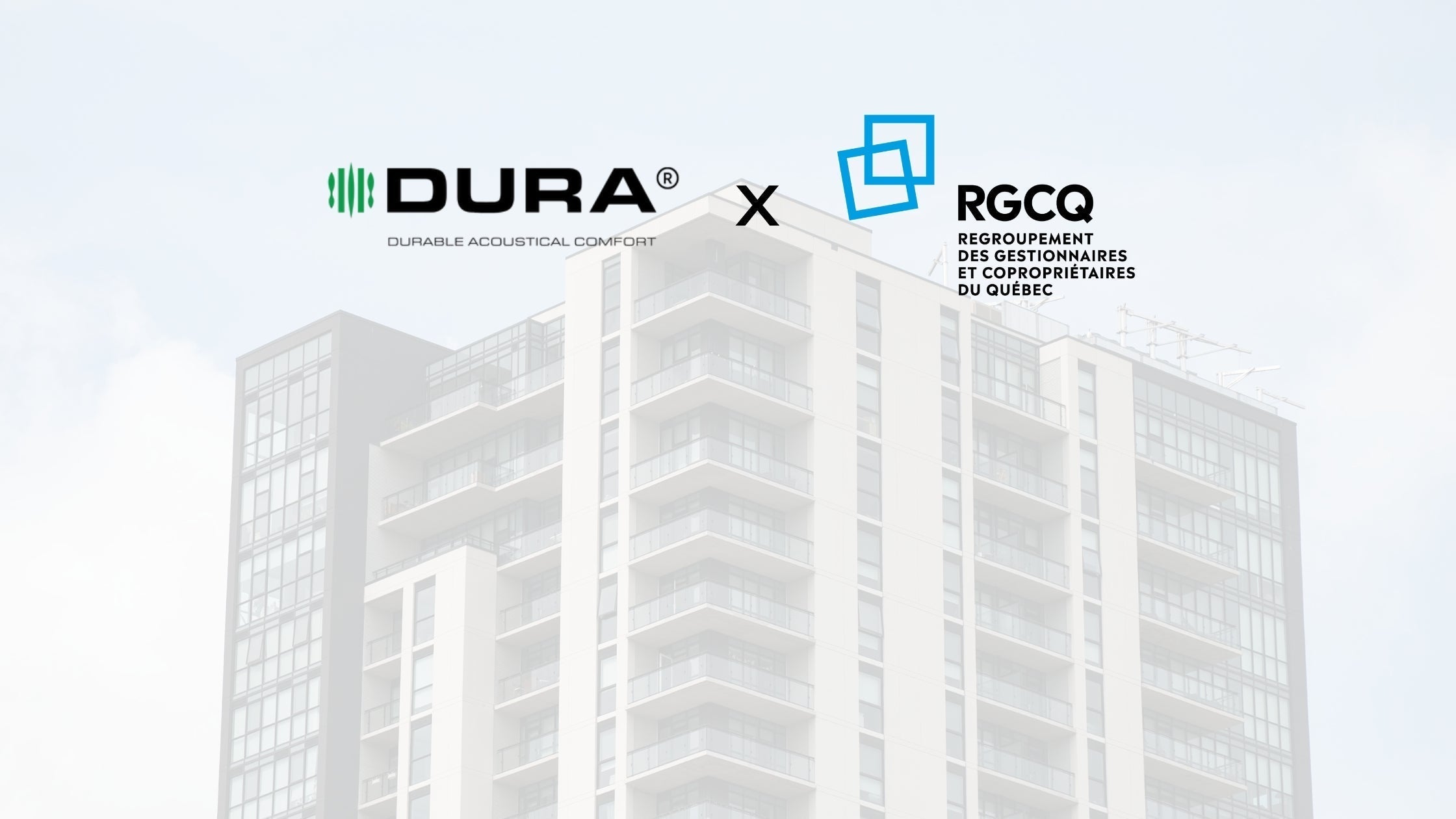Impact Insulation Class (IIC) ratings are essential for choosing the right underlayment, especially in multi-story buildings.
Understanding IIC vs. STC Ratings
When selecting underlayments, two critical acoustical ratings are often discussed: Sound Transmission Class (STC) and Impact Insulation Class (IIC).
- STC ratings measure how well an interior wall reduces airborne sounds, like voices or music.

- In contrast, IIC ratings assess how effectively a floor system can reduce impact sounds—those noises that occur as a result of objects hitting the floor, such as footsteps or a falling object.

For residents in multi-level buildings, the annoyance of impact noise is a common grievance. Imagine trying to relax or sleep while overhead, every footstep and moved chair is transmitted directly into your space. It's for this reason that focusing on IIC ratings becomes crucial when considering underlayments. STC on the other hand does not address these everyday disturbances caused by impact noise.
Why Focus on IIC?
Underlayments specifically designed to enhance IIC performance are crucial in buildings where reducing impact noise transmission between floors is essential. A high IIC rating indicates that the underlayment can effectively absorb and dissipate the energy of impacts, thus lessening the sound that travels through the floor. This is especially important in apartment complexes, hotels, and office buildings, where peace and quiet are highly valued.
The Dura Undercushions Advantage
When it comes to achieving excellent IIC ratings, not all underlayments are created equal. This is where Dura Undercushions shines. Dura Undercushions offers a range of products specifically engineered to maximize impact noise reduction. Their underlayments are designed with advanced open-cellular rubber to enhance the acoustic properties of flooring systems.
Here’s why Dura Undercushions stands out:
- Superior Sound Insulation: Rubber has excellent sound dampening properties, making it highly effective in reducing noise transmission.
- Enhanced Durability and Resilience: Rubber maintains its structural integrity under heavy foot traffic providing long-lasting support and comfort.
- Moisture and Mold Resistance: Rubber naturally resists moisture, which helps in preventing the growth of mold and mildew.
- Proven Performance: Test reports are readily available, confirming that Dura Undercushions’ products consistently achieve higher IIC ratings, ensuring that impact noise is significantly reduced.
Why Other Materials Fall Short on IIC Performance
While many materials such as foam, felt, and cork are commonly used in underlayments, they do not provide optimal impact noise reduction.
- Foam, for instance, while inexpensive, will compress over time, leading to diminished sound dampening capabilities.
- Similarly, felt underlayments, though they offer some degree of sound insulation, do not adequately absorb the energy from impact noise, making them less effective in multi-story environments.
- To match the acoustical performance of advanced materials like the open-cellular rubber used in Dura Undercushions, a significantly thicker layer of cork is required. This not only increases the material costs but also the complexity of installation, impacting the overall budget of construction or renovation projects.
Apples to Apples Comparison
Beware of what is being advertised in the market. When uncertain, ask for a test report and look at the conditions under which the test was conducted. This will help you perform an “apples to apples” comparison when evaluating underlayment options.
Here are several factors that influence IIC ratings:
- Floor covering
- Underlayment
- Floor substrate

Dura Undercushions offers high IIC ratings and will always provide test reports that include the floor assembly used to determine the IIC rating.
Making the Right Choice
Choosing the right underlayment can make a huge difference in the acoustic comfort of any space. Focusing on IIC ratings is crucial for environments where impact noise is a concern. By opting for Dura Undercushions, you can ensure that your floors not only look great but also contribute to a quieter living or working environment.
















